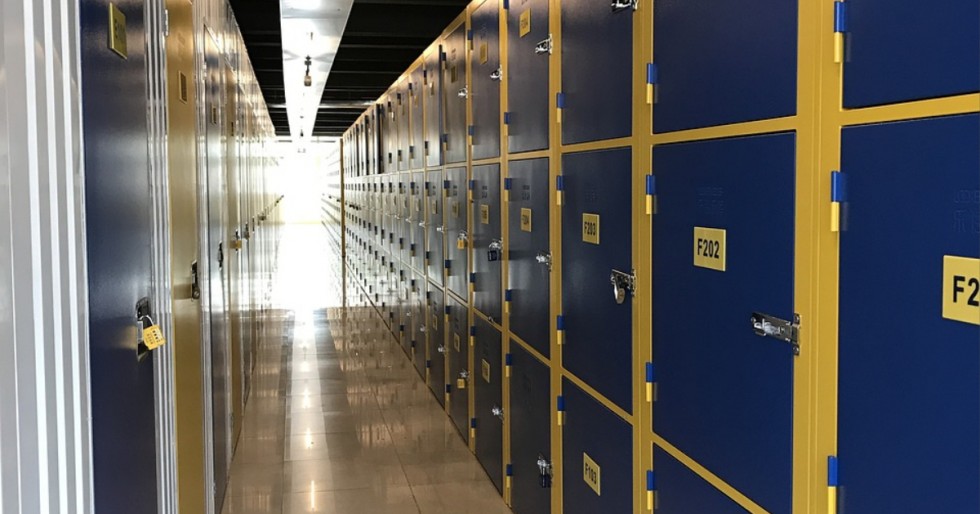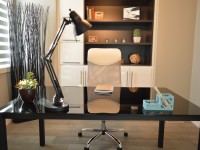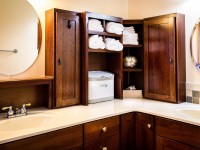Whether you’re relocating or planning a renovation and your home needs some decluttering, it is a self-storage unit that can save your life. A self-storage is a place that you rent to leave some of your belongings for a while (and maybe forever). You pay a monthly fee for the service and can put there anything you want: from books and old magazines to furniture pieces and valuable papers. Whatever you’re planning to store in a unit, there are universal mistakes that homeowners all over the world make. We offer you to carefully go through each of them and avoid making these mistakes when renting a self-storage unit for yourself.
Top 10 self storage mistakes
Too far location
Getting a self-storage on the other side of the city or even beyond the city limits is one of the most common self-storage mistakes people make. Even if you think that you will not need anything from the belongings you’re putting into the storage, you anyway will recollect a useful piece from there sooner or later. And if your storage is too far from your home, then you will have to spend long hours getting to the favorite spoon or indispensable hat stored there.
Tip: Always get a self-storage close to your usual habitat. It doesn’t mean that the storage must be within a 5-minute-walk from your home. Yet, it’s better if you rent a place close to your work or kid’s school. In this way, you will be able to get the required item fast and without a long trip.
Not checking safety measures
If you think that losing the old grandma’s suitcase won’t make you upset, you’re wrong. Whenever you lose some piece of your belongings, you will grief heavily. And now imagine the scenario that your sofa or your TV got stolen from the self-storage unit. What will you feel then?
Tip: Even before you pay for the first month of your rental, ensure that the unit and the premises of the self-storage are supplied with the sufficient security precautions, such as CCTV cameras or that there is only one entrance and one exit from the territory. Don’t also forget to ask if the staff makes hourly rounds as a security precaution.
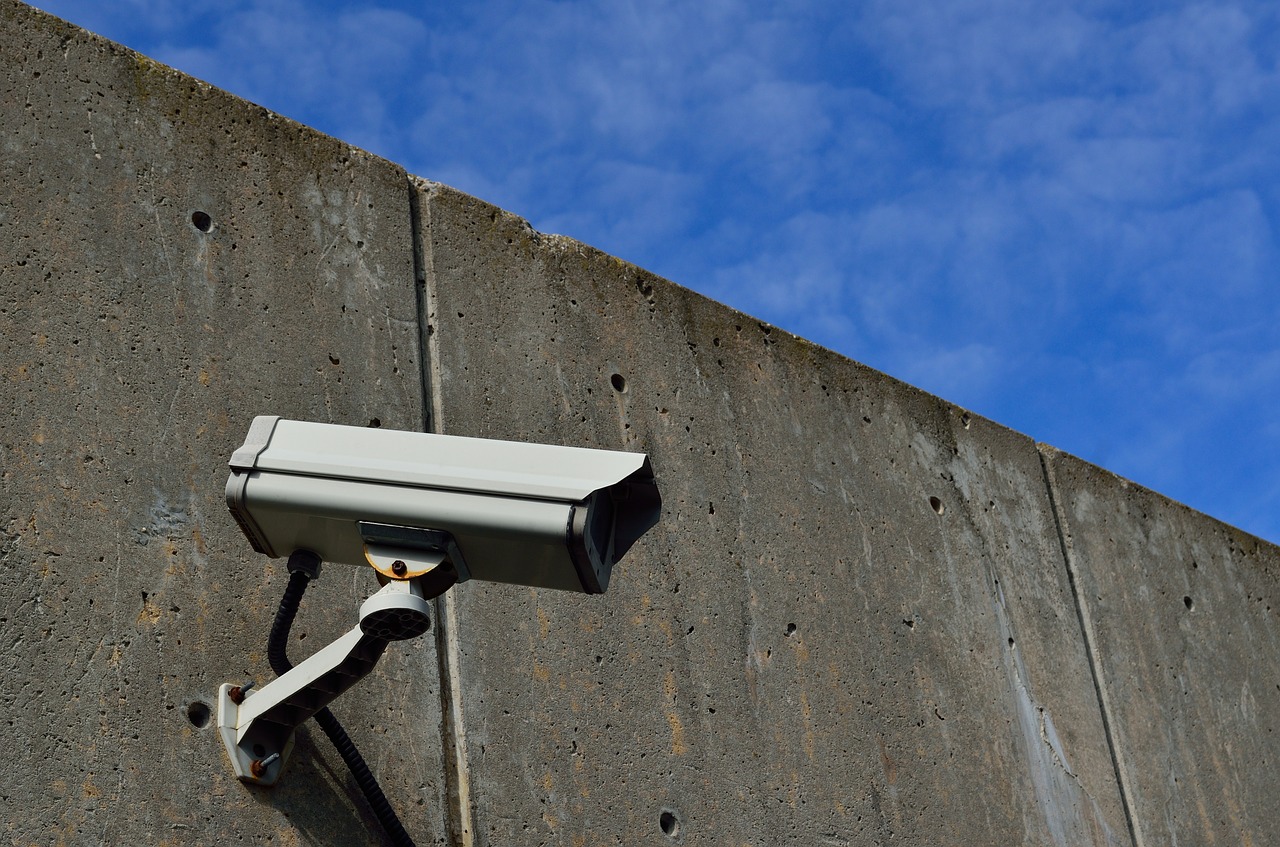
Not insuring your items
As stated above, there are people who earn their living by stealing your belongings. And there is nothing you can do about it. Be also ready that the storage facility will make you sign a paper that they are not responsible for any stolen, damaged, and lost items. And in this case, should anything go wrong, you will just lose your items without any reimbursement.
Tip: Look for self-storages that offer at least basic insurance. Don’t forget about your basic homeowners’ or renters’ insurance which will also cover some expenses should the items get stolen (in this case it will cover about 10% of the total cost). If you plan to store something valuable or dear to your heart in a self-storage unit, then talk to your insurance company to find the best insurance plan for your situation.
Improper unit characteristics
Unit characteristics may vary: some self-storages are supplied with temperature controllers, others have a full climate control on top of that which also monitors the level of humidity in the unit. Most self-storages, however, don’t offer such a service, and your goal is to think what you need. Old family heirlooms, books, papers, works of art, clothes, furniture, and many more items require the temperature and humidity levels to be constant. Otherwise, there is a high risk of mold development and so the destruction of your beloved things. Don’t make such reluctant self-storage mistakes and read our tip.
Tip: Think carefully whether items you plan to store in a unit need specific temperature and humidity requirements. If they do, then look for a particular unit type. In case they don’t, don’t overpay for the service you don’t need.
Wrong unit size
The rule of thumb for self-storages in the whole world says “the bigger, the better.” Unfortunately, this is a wrong kind of logic to follow. Keep in mind that you are paying for the square footage of a unit and additional features it may have. If you’re planning to store a couple of boxes, then there is no need paying for the biggest storage available and also waste money on expensive A/C units inside.
Tip: Before you decide on a unit size, evaluate the scope of belongings you’re planning to store there. If you are not sure what size to choose, don’t hesitate to consult with the self-storage service manager to find the right fit for your items.
Forgetting to label the boxes
Labeling is one of the fundamental steps in preparing for meeting your mover company. And the same step should be taken when you plan to move your items into a self-storage unit. Forgetting or neglecting to label the boxes will lead to the chaotic searches and tons of stress even on your first visit to the storage in the search of some important item.
Tip: Just label the boxes on packing. Write everything you put inside of every box. It will take about half an hour more when packing but can save you hours on searching for the right things inside of the storage unit.
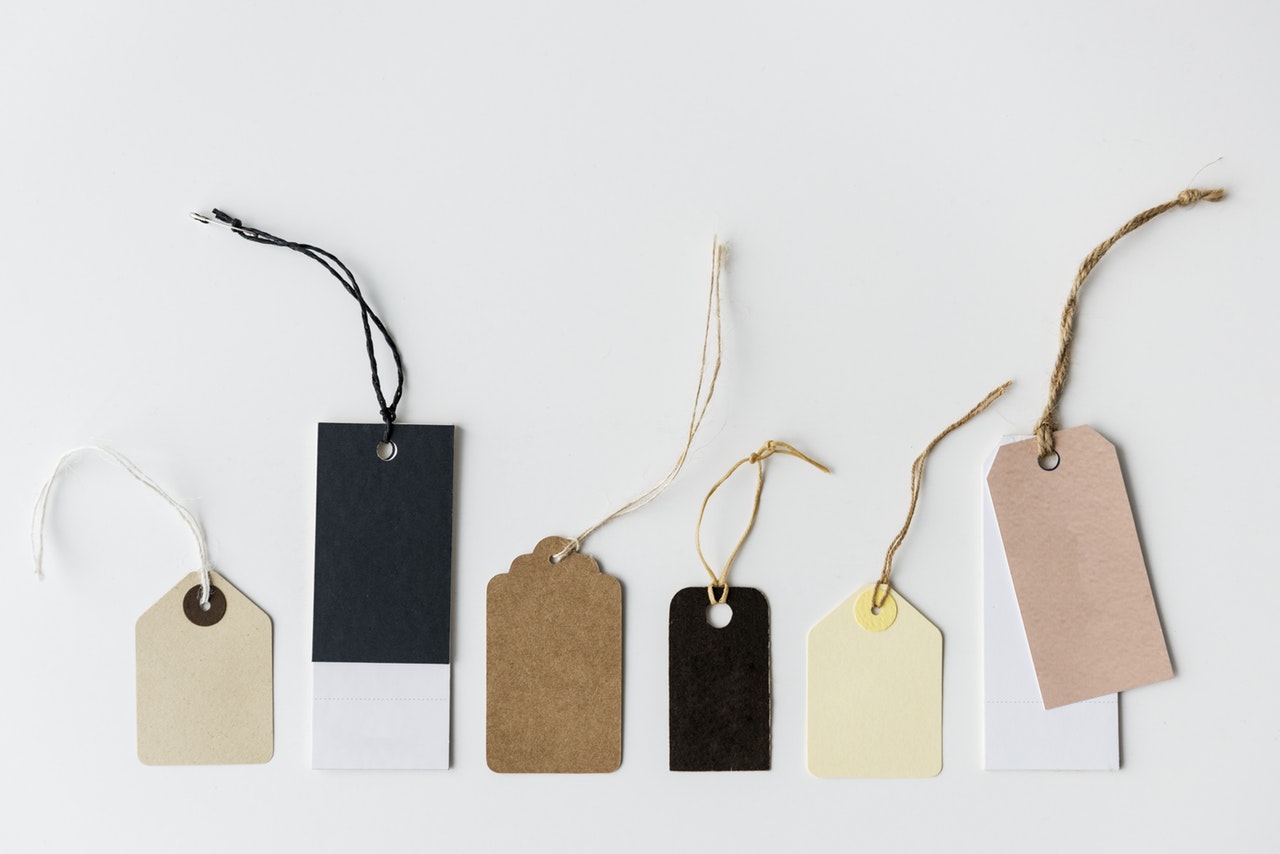
Bad floor planning
Storing everything all together and then getting through all the boxes to find the one in the farthest corner is a faulty strategy. You already know that you should label all the boxes. So now you can plan what to put where in your storage to ensure that you can easily access the most important things when you need to. For example, don’t put summer games to the front if you’re renting a storage in the fall. And at the same time, don’t hide your winter jacket too far because you are likely to need it soon.
Tip: Before you begin packing up your storage unit, carefully go through all the boxes and items you plan to put there and consider which ones you might need in the nearest future. Use a piece of paper to make a floor plan and keep it in your home. The more detailed and considerate your plan is, the easier you’ll handle the navigation in the storage later.
Wrapping things in newspaper
You’ve probably heard that fragile items, like pictures, cups, mirrors or vases, should be wrapped into something soft to keep them solid. And many online tutorials advise using newspaper for this action. Please, don’t buy such self-storage mistakes without careful consideration!
In the real world, a newspaper might be a solution for a fast relocation of several items (for example, when you move to a new home and know that everything will be unpacked within a week). This method is, however, a complete failure for the long-term storage plans. Newspapers have ink on them, and if you wrap something in a newspaper that soaks in extra humid in the storage unit, you risk getting this ink on your beloved belongings. Should any water get on the newspapers, they will bleed all over your stuff.
Tip: Use paper towels, regular towels, and even old clothing to secure your fragile items for the storage unit. Fabric will not only protect the glasses from crashing due to the collision but also work as a shock-stopping measure.
Not covering the furniture
Even though you’re not using some piece of furniture right now, it doesn’t mean that you can neglect the instructions. One day you’ll need that granddad’s rocking chair. When you put a piece of furniture into a self-storage unit, always cover it to protect from the excessive moisture. This seems like a logical tip, yet still, it’s among the worst self-storage mistakes one can make.
Tip: Don’t use old rugs and hand-made furniture covers because they are likely to soak in moisture instead of repulsing it. Go to a home depot store and get a special moisture-proof material for furniture covering. This is the best way to ensure that you get a full return on investment in the storage facility.
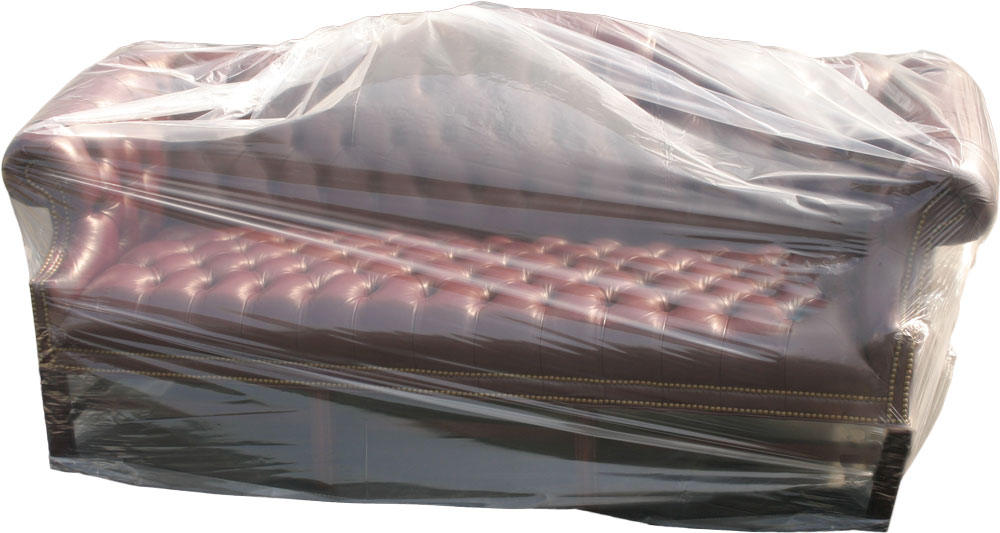
Image credit InterPlas
Packing in food
Don’t store food in a self storage unit! This is one of the worst self-storage mistakes one can ever imagine! The food expires very fast, then you forget about its existence, and as a result get the ugly smell of rotten food stuck to all your belongings: from books to furniture. Never put any kind of food (even canned or glass-preserved) in your storage!
Bottom line
You can see that most of the self-storage mistakes in our article are very easy to avoid and the tips seem to be of common-sense. We all know that it’s better not to store any food in the self-storage or that furniture should be protected from excessive moisture. Yet, most of us still forget about taking such precautions before putting our belongings away. Even if everything seems to be easy and logical to you, still write these facts on a piece of paper and go through them before you close your unit for a long time.
